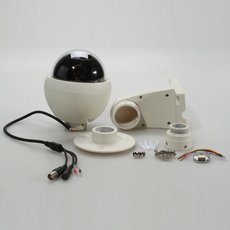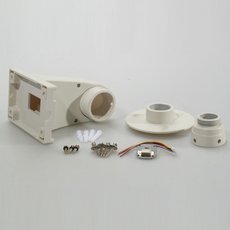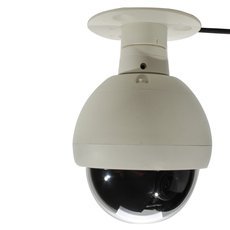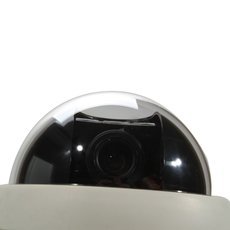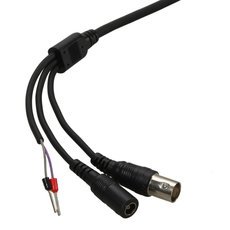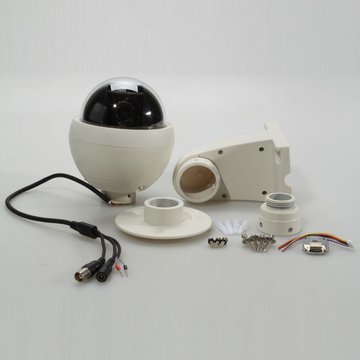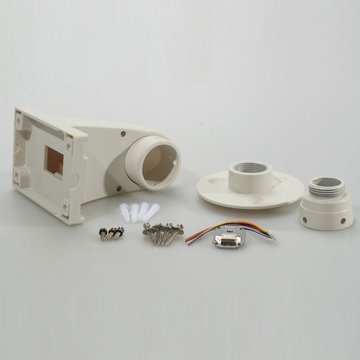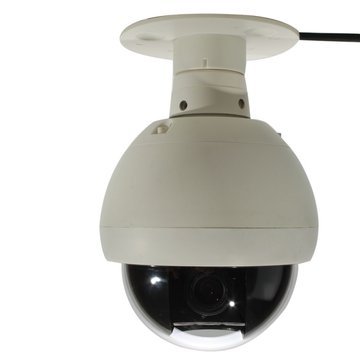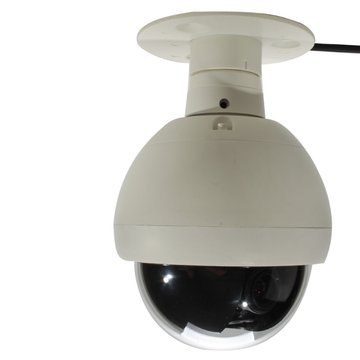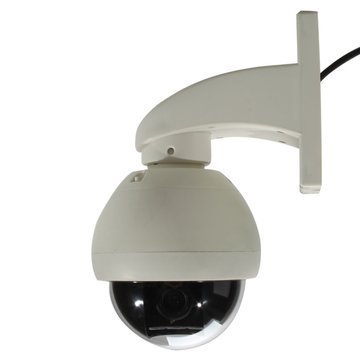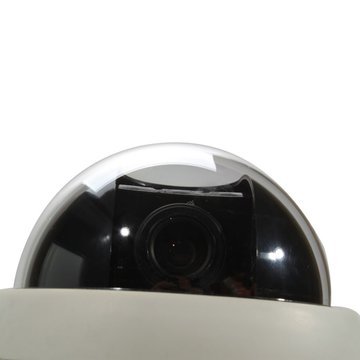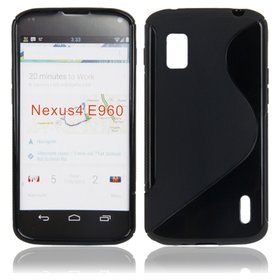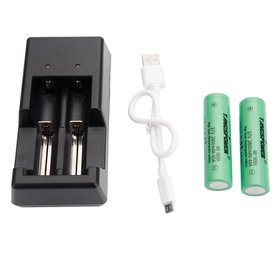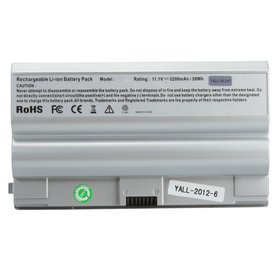-
1/3" Sony CCD 420TVL 8mm Constant Speed CCTV Security Dome Camera (NTSC)
-
SKU:
21002201
- Our Price :
$ 131.56
- Quantity:
- Add To Cart
-


Scan QR code,add to you Cart.
Need Use Fodpay APP to Scan.
- Product Details
-
Do you need a security camera to keep the safety of your home or office? Why not use this Dome Security? This security camera can also be widely used in security management of some important locations, such as the mall, hospital, bank, airport and highway toll. Adopting the latest technology, it features stable and excellent work performance. With concise design, it is easy to install and operate. It will bring your life a lot of convenience. Additionally, it is worth every penny of your money.
Features
- New and high quality
- The motor adopts high-performance synchromotor which is stable and non-vibratile when running
- The memory function of working condition of device and many control protocols are allowed
- Easy to install and almost adapt to all-weather monitoring
- It can be used indoor or outdoor
- It is reliable, and monitoring a large range
Specifications
Image Sensor 1/3" Sony CCD Lens 8mm TV System NTSC Horizontal Resolution 420TVL Dome Type 3.5" indoor / outdoor dome Protocol Pelco-P/D Baudrate 1200 / 2400 / 4800 / 9600 bps Address 0 - 255 Pan Rotation 360° Continues Rotation Tilt Rotation 0° ~ 90° Max Pan Speed 60° / Sec Max Tilt Speed 30° / Sec Preset Accuracy ±3° Preset Points 32 Points Pattern Tours Programable 16 preset point, Programable preset number and dwell time / speed Auto Scan Yes (Programable speed and left right limited point) Power-off Memory Current setting and state(include pattern , not includ auto scan) Home Position Yes (Programable auto come back home position) Operating Temperature -5℃ ~ 60℃ Communication RS485(+/-) Material Plastic Dimensions (5.71 x 3.74) inch / (14.5 x 9.5)cm (H x Dia) Color White Weight 1035 g / 36.51 oz Package Includes
- 1 x Security Camera
- 1 x Wall Mounting Bracket
- 1 x Celling Mounting Bracket
- 1 x Installation Accessories
- 1 x User Manual
Extra Info
How to connect PTZ Camera
How to connect PTZ Camera (Pan Tilt Zoom) to your DVR systemPTZ cameras are secure and reliable, it is with function to change their positions according to the PTZ camera type, and you can Pan Tilt and Zoom the camera in a remote position.
PTZ Camera Connection Diagram
Before the controller keyboard and PTZ cameras can communicate, they have to run on the same protocol and interface for the technology to work the DVR systems. You′d better make sure they are compatible when purchasing PTZ camera equipment. The most common way to interface and control a PTZ camera is the Pelco D protocol with RS485 interface.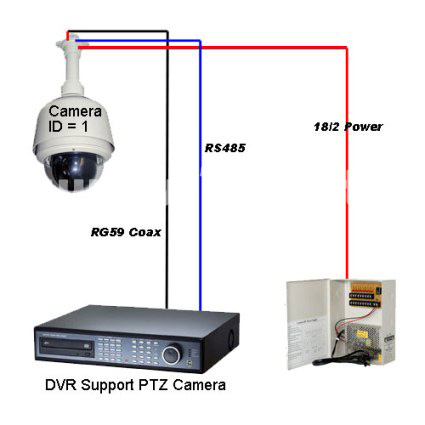
Between devices: For the DVR system to communicate with the camera, through an interface conduit to the PTZ camera, command protocol has to be transmitted from the DVR or controller keyboard. RS485 or RS232 are the common interfaces for PTZ, by running a single pair or twisted pair cable from the DVR to the PTZ camera, then they are does. An RS232 is usually used in a very short distance. RS485 interface is used by most PTZ cameras and can work over very long distances. Almost every standalone DVR have RS485 interface. PC based DVR features an RS232 interface with a converter to RS485.
No matter DVR is a PC based or Standalone DVR needs to send out command signals to PTZ cameras to control pan, tilt or zoom. Meanwhile, the PTZ camera must know these commands and then should follow the instructions. In order to let the two devices to understand each other, they need to use the same language, which is PROTOCOL. Pelco D is the most common protocol for PTZ cameras. Please make sure they support the same protocols before you purchase security DVR system and PTZ security cameras.
Multi PTZ cameras. If you want to install over one PTZ camera on the same CCTV system,1 you need to tell DVR how to make a difference between the cameras. In this way, you could control specific cameras and don′t affect the others. PTZ cameras features dip switches that allow you to select different camera addresses for example: camera 1 ID=1, camera 2 ID=2, Camera 3 ID= 3 etc. Follow the camera manual instructions to setup camera ID.
Connecting a PTZ camera to a DVRTo connect a PTZ camera to a DVR, you need three types of cable (See diagram)
1. Most power cable refers to as 18/2 to send 12V or 24V power to the camera (The Siamese cable has both Power and Coax in one). Connect from the power supply to the DC or AC connector on the security camera.
2. RG59 Coax. The Video signal is connected from the BNC connector on the camera to the BNC camera in on the security DVR, and it will send the video signal from the camera to the DVR.
3. Pair / Twisted Pair cable. Each copper pair cable that will send the PTZ command from the DVR to the PTZ camera. This cable connects from the RX+ RX- on the PTZ camera to the RS485 connector on the Security DVR or PC Based DVR.
DVR SetupOn the Security DVR, no matter it is a standalone or PC based, you need to set the devices protocol, baud rate, and camera ID on the DVR according to the specs provided to you by the camera manufacture. Certainly, all PTZ camera IDs on the same system have to be unique. Be sure to map the camera inputs with the corresponding IDs.
Please be careful of the writing scheme for RS485 interface when you are installing multiple PTZ cameras on one DVR system. Two ways are as follows:

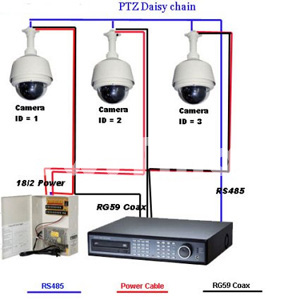
PTZ Daisy Chain
1. All the Coax cable RG59 and Power run from each camera to the Security DVR or PC based. All twisted pairs would run from each camera and combine all the RX+ from the entire camera and the RX- from all the cameras and connect to the same interface on the RS485 on the DVR
(Please be sure that the polarity for the twisted pair is right). The longest run cable would have to be terminated with a resistor2. Daisy chain: In order to let you get to the furthest camera, you should run the twisted pair from the RS485 interface on the security DVR to the closest security camera, then, from this camera to the next PTZ camera, and to the next camera.
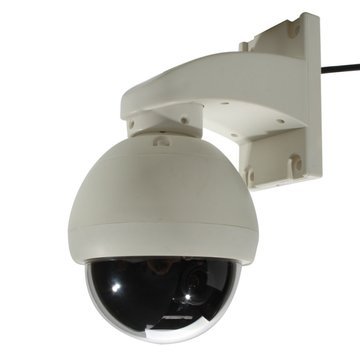
 See all product images
See all product images


